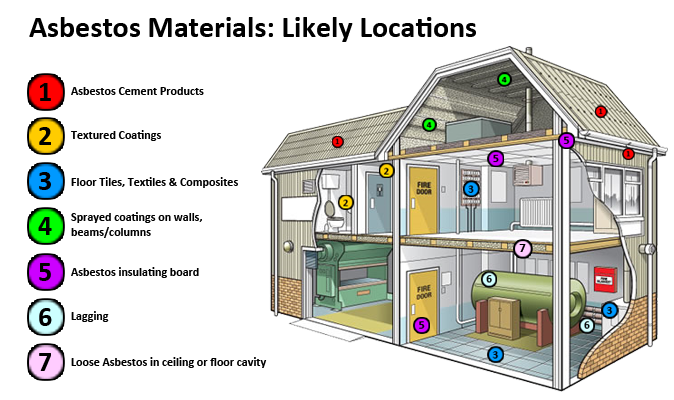What’s Asbestos and Why Is It Dangerous?
- Published By: District Floor Depot

The need for this post is a longtime coming for our market. With the ages of the homes and the strong remodeling activity we are being confronted more and more by asbestos related challenges. On a recent consultation we noted a 9X9 green vinyl tile. We were informed that it was installed early 1970’s. Every alarm went off in our heads. This was most likely vinyl asbestos tile. Later that same day we were in an apartment that had a vinyl tile in the kitchen that was installed also in the late 70’s. Another alarm, this could be installed with an adhesive that is known to have asbestos in it.

First is to remove the asbestos. This is the only real solution since it doesn’t leave the problem behind it eliminates it. Unfortunately, it isn’t cheap and it’s hazardous. We certainly do not consider this a DIY project. It should be conducted by a professional, certified contractor with experience in the removal of asbestos materials and the safety of the home going forward. We don’t offer this service and we will only complete any flooring work when we have been provided documentation stating that the asbestos removal in complete. We take this stuff seriously.
The other option is to cover it and forget it, for now. So long as the asbestos material isn’t touched or worn on it will not release asbestos partials. So this is often the course taken 
In conclusion, if you are faced with these options and you have the resources, please choose having the asbestos removed. As stewards to what we leave behind in our customers’ homes, we strongly believe it is our responsibility to leave the current and next homeowners a sturdy, sound, safe, healthy, beautiful home.
